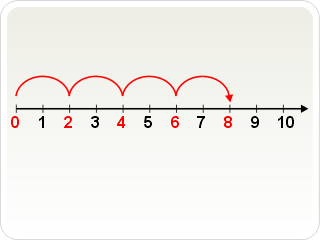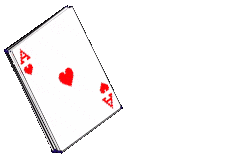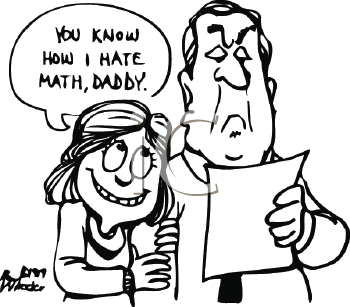 |
Rote counting.
|
What a night to start the first day of a new module...
.....
M A T H P R O B L E M S!!
Problem No 1
What letter in your name (Suraya) counted 99?
Even though there are 5 methods to identify a letter in my name that counted 99, I do it in most simpliest, easiest way to get the perfect answer which is
Rote counting. It was quite interesting and challenging at first, however, through diligent counting I am able to get the result. It is the 3rd letter in my name 'r'.
Problem 2
Calling the correct number card when spell its number name.
WOW! That's what I am feeling when we as a group manage to pull the "trick" After quite a number of tries, we are able to arrange accordingly thus are able to call the correct number. This 'trick' is a good activity to get children attention.
 Problem No. 3
Problem No. 3
In this problem we need to find out how long it take for two shredder machines, the old and the new to completely shred. It has taken me quite a while to figure out the answer using the mathematical model steps. From discussion and brainstorming help us to gets the answer correctly
In all the three problems it tell us about patterns in which the numbers can be identify. Several methods can be used to solve the problems and articulate the concept. I have re-learn and enjoy going back memory lane during school days when Math is the subject we love to hate.
End








